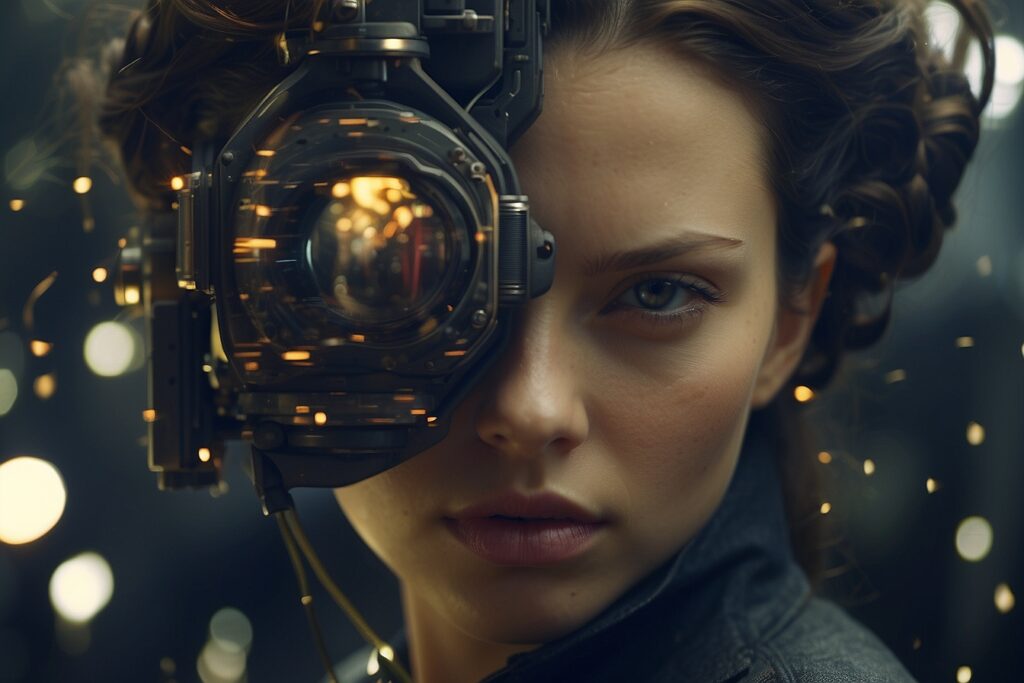
Introduction
Unreal Engine, initially famed for powering high-fidelity video games, has transcended its roots to become a cornerstone in the film industry’s visual effects (VFX) arsenal. Its real-time rendering capabilities not only streamline the filmmaking process but also open new creative avenues for storytelling. Studios like 2DNAC play a pivotal role in this evolution, offering digital assets that enhance the VFX artists’ toolkit.
The Unreal Advantage in Films
The adoption of Unreal Engine in blockbuster movie productions illustrates its capability to merge the immediacy of real-time feedback with cinematic quality visuals. Films such as The Mandalorian have leveraged Unreal Engine for not just previsualization but also for final scene rendering, blurring the lines between pre-production and post-production. This shift not only saves countless hours in the editing room but also allows for a more dynamic creative process, where directors and VFX teams can experiment with scenes in ways previously deemed too time-consuming or costly.
Breakthroughs in Gaming with Unreal Engine
In the realm of AAA gaming, Unreal Engine has become synonymous with cutting-edge graphics and expansive worlds. Games like Fortnite and Gears 5 showcase the engine’s capability to render complex, detailed environments and characters in real time. Compared to other engines, Unreal provides unparalleled support for lighting, physics, and visual effects, setting a new standard for what gamers expect in visual quality and immersion.
Impact on Indie Developers
For indie developers, Unreal Engine has democratized access to high-quality game development tools. Success stories of indie games developed on Unreal, such as Hellblade: Senua’s Sacrifice, highlight how small teams can produce content on par with AAA studios, fostering innovation and creativity in game design. This leveling of the playing field allows indie developers to compete in a market increasingly dominated by visually stunning games.
Future Prospects
Looking ahead, Unreal Engine’s integration with emerging technologies like virtual reality (VR) and augmented reality (AR) hints at a future where the lines between cinematic experiences and interactive gaming are increasingly blurred. As Unreal continues to evolve, it will undoubtedly unlock new possibilities for creators in both films and games, driving forward the convergence of these two mediums.
Conclusion
Unreal Engine is not just revolutionizing the way we develop games and films, it’s redefining the boundaries of storytelling and visual expression. With studios like 2DNAC supporting creators at every level, the potential for innovation is limitless. As Unreal Engine continues to bridge the gap between vision and reality, it invites all creators to explore, experiment, and excel in their craft.
Have you worked on a project using Unreal Engine? For those looking to dive deeper into Unreal Engine and VFX, resources and tutorials are abundantly available. Let’s push the boundaries of what’s possible together.
